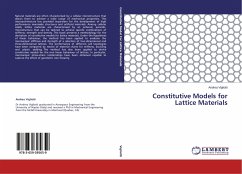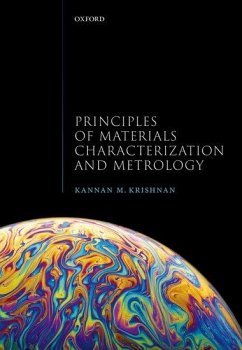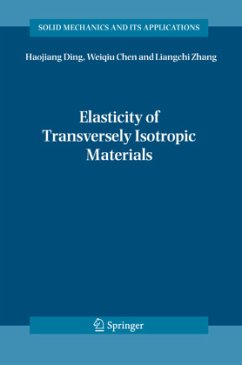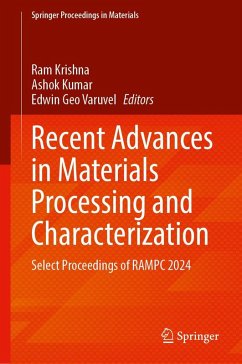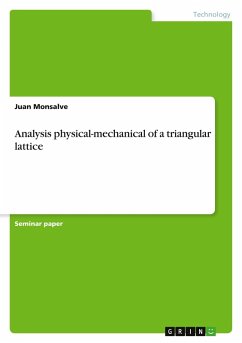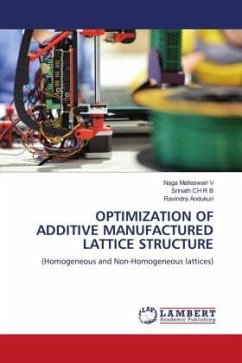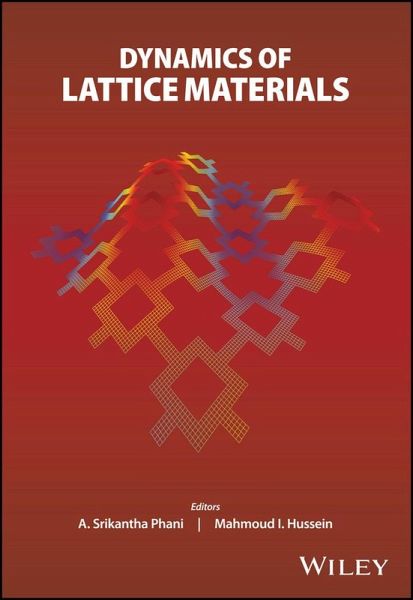
Dynamics of Lattice Materials
Versandkostenfrei!
Versandfertig in über 4 Wochen
148,99 €
inkl. MwSt.
Weitere Ausgaben:

PAYBACK Punkte
74 °P sammeln!
* Provides a comprehensive introduction to the dynamic response of lattice materials, covering the fundamental theory and applications in engineering practice * Offers comprehensive treatment of dynamics of lattice materials and periodic materials in general, including phononic crystals and elastic metamaterials * Provides an in depth introduction to elastostatics and elastodynamics of lattice materials * Covers advanced topics such as damping, nonlinearity, instability, impact and nanoscale systems * Introduces contemporary concepts including pentamodes, local resonance and inertial amplifica...
* Provides a comprehensive introduction to the dynamic response of lattice materials, covering the fundamental theory and applications in engineering practice * Offers comprehensive treatment of dynamics of lattice materials and periodic materials in general, including phononic crystals and elastic metamaterials * Provides an in depth introduction to elastostatics and elastodynamics of lattice materials * Covers advanced topics such as damping, nonlinearity, instability, impact and nanoscale systems * Introduces contemporary concepts including pentamodes, local resonance and inertial amplification * Includes chapters on fast computation and design optimization tools * Topics are introduced using simple systems and generalized to more complex structures with a focus on dispersion characteristics





